Given:
\$U_q = 220 V, f = 50 Hz, R_i=10 \Omega, R_a=40 \Omega, L_a=95.5 mH\$
I'm asked to determine the real power transformed in \$Z_a\$. Here I break down the formulas that I use:
- \$Z_{total}=Z_{La}+Z_{Ra}+Z_{Ri}\$
- \$I={U_q\over Z_{total}}\$
- \$P = Re[U_q . I^*]\$
I'm really sure that my calculation is right using that. But it gives a really different answer than the answer key, can you see what's wrong with my formulas? Can I use \$U_q\$ directly as \$U_{load}\$?
I thought the current are in series so it's must be the same, and also the voltage is parallel so it's must be the same. So how can I determine the power only in \$Z_a\$?
EDIT:
Here is my calculation:
- \$Z_{total}= j\omega L_a+R_a+R_i=(50+30j)\Omega\$
- \$I= {220\over 50+30j}={55-33j\over 17}A\$
- \$P=Re[220({55+33j\over 17})]=711 W\$
And the correct answer is 284.7 W.
